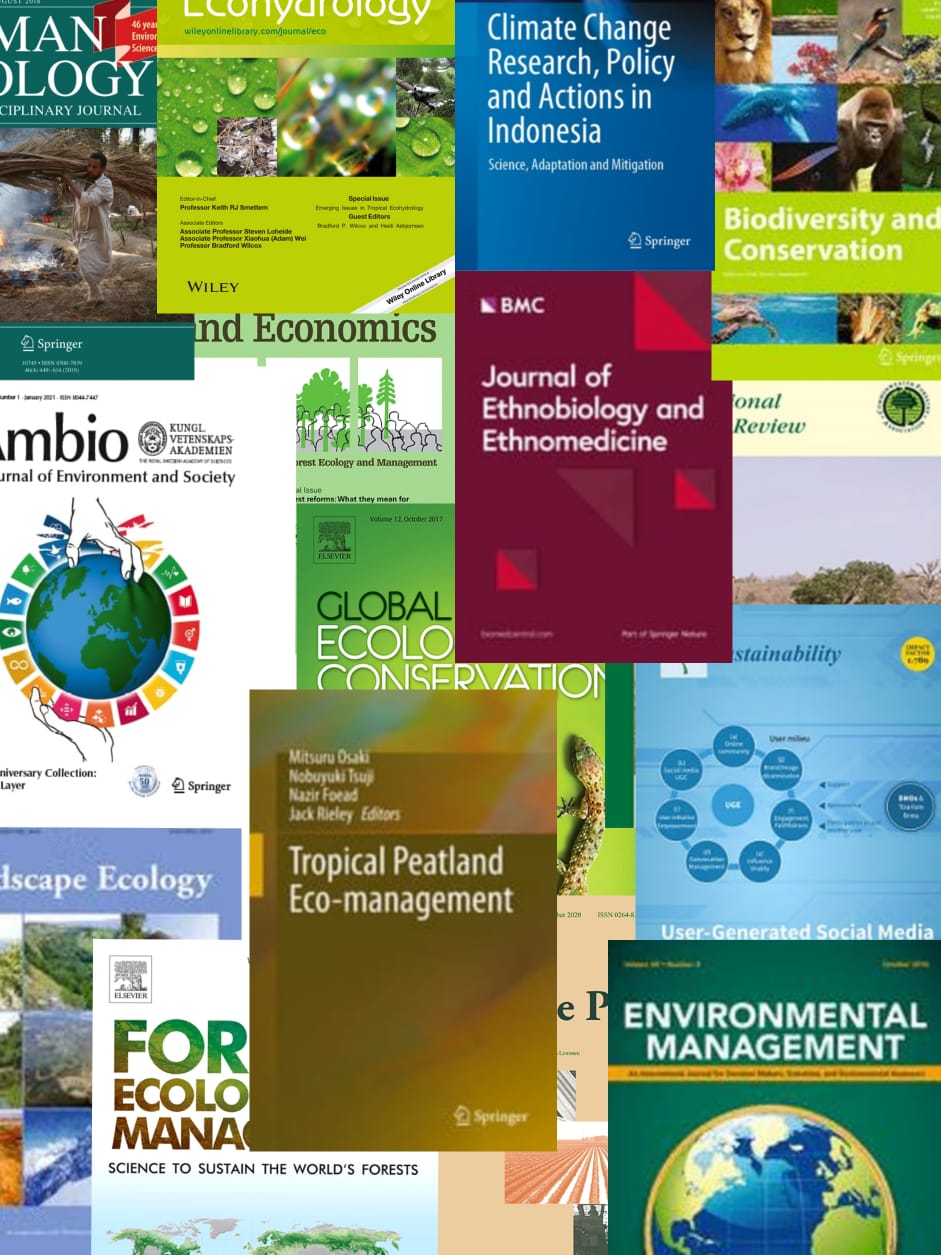Eco-environmental vulnerability assessment is crucial for environmental and resource management. However, evaluation of eco-environmental vulnerability over large areas is a difficult and complex process because it is affected by many variables including hydro-meteorology, topography, land resources, and human activities. The Thua Thien - Hue Province and its largest river system, the Perfume River, are vital to the social-economic development of the north central coastal region of Vietnam, but there is no zoning system for environmental protection in this region. An assessment framework is proposed to evaluate the vulnerable eco-environment in association with 16 variables with 6 of them constructed from Landsat 8 satellite image products. The remaining variables were extracted from digital maps. Each variable was evaluated and spatially mapped with the aid of an analytical hierarchy process (AHP) and geographical information system (GIS). An eco-environmental vulnerability map is assorted into six vulnerability levels consisting of potential, slight, light, medium, heavy, and very heavy vulnerabilities, representing 14%, 27%, 17%, 26%, 13%, 3% of the study area, respectively. It is found that heavy and very heavy vulnerable areas appear mainly in the low and medium lands where social-economic activities have been developing rapidly. Tiny percentages of medium and heavy vulnerable levels occur in high land areas probably caused by agricultural practices in highlands, slash and burn cultivation and removal of natural forests with new plantation forests. Based on our results, three ecological zones requiring different development and protection solutions are proposed to restore local eco-environment toward sustainable development. The proposed integrated method of remote sensing (RS), GIS, and AHP to evaluate the eco-environmental vulnerability is useful for environmental protection and proper planning for land use and construction in the future. © 2016 Elsevier Ltd. All rights reserved.
View source
Keyword(s)
AHP, Eco-environment, GIS, Landsat 8 OLI and TIRS (operational land imager and thermal infrared sensor), Remote sensing, Vulnerability, Cultivation, Economic and social effects, Economics, Environmental protection, Forestry, Geographic information systems, Hierarchical systems, Infrared detectors, Land use, Natural resources, Sustainable development, Zoning, Agricultural practices, Analytical Hierarchy Process, Eco-environments, Integrated method, Operational land imager, Plantation forests, Resource management, Environmental management, agricultural practice, digital mapping, ecozone, forest ecosystem, human activity, hydrometeorology, Landsat, plantation forestry, river basin, satellite imagery, shifting cultivation, topography, zoning system, Thua Thien Hue, Viet Nam

